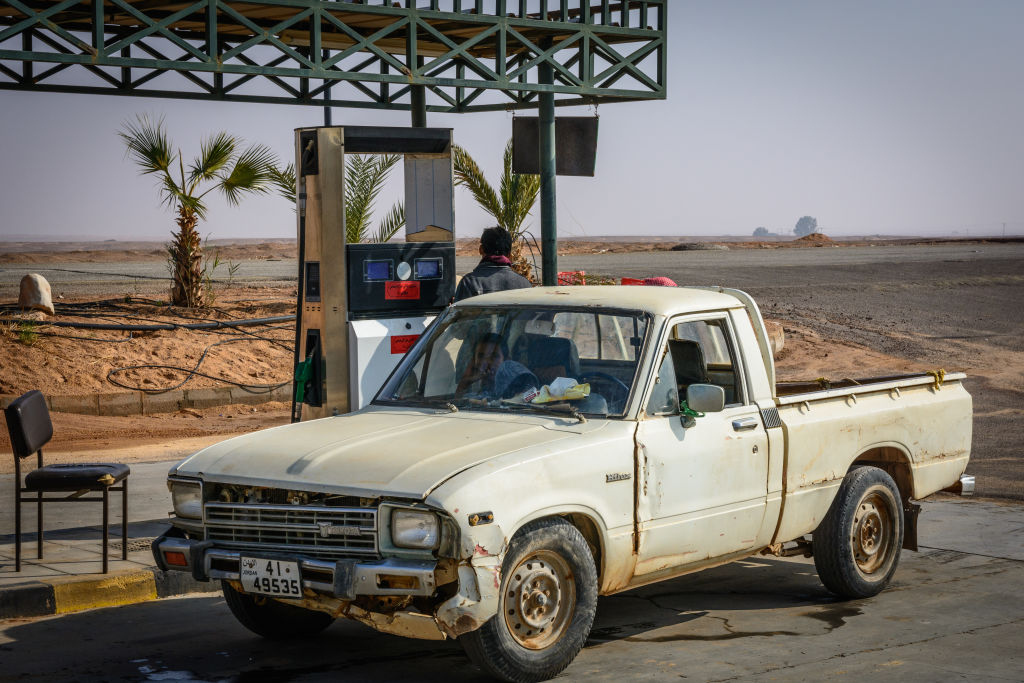
Nissan: We Don’t Change Models To Keep Price Low-Really?
Maybe this could be Nissan’s new slogan: “We don’t change our products so that we keep the price down.” That seems to be the company line for keeping many of its models stale. Nissan has been criticized for years that it keeps products unchanged way past the “sell by” date. From its pickup trucks to the high-end GT-R many of its models haven’t been changed in over a decade. Now a Roadshow interview with a “chief product specialist” for Nissan spells out the company’s apparent philosophy for keeping things the same.
“Over the years a big way the car has achieved affordability is by not changing.” This according to Hiroshi Tamura, Nissan GT-R chief product specialist. Roadshow gushed about Tamura being “a corporate fixture who has a lot of say in what comes next from Nissan.” That is apparently the case because his philosophy for not changing has been applied to most of Nissan’s vehicles.
The GT-R was last changed in 2007

His beloved GT-R is a perfect example. The GT-R was last changed in 2007. George Bush was still president. The start of the Great Recession was still more than a year away. Almost 15 years ago, with no changes in sight. And this is just one of many examples.
Take the Nissan Titan pickup as another example. Pickups are one of the hottest segments. Ford’s F-150 is the best-selling vehicle in the US. That’s big. So, when was Nissan’s pickup, the Titan, last changed? How about 2004. That was the year it was introduced. Talk about not changing.
The Nissan Leaf was revised in 2018

How about the Nissan Leaf? This first of the modern electric car era came out in 2010 as a 2011 model. It was not changed until 2018. Internally it is still the same but it was revised. It got some new sheetmetal though the doors remained the same, a new interior, and added range. No variants of the Leaf have been produced in all of these years.
Tamura’s justification for keeping things the same is based on the previous generation GT-R. It came out in the late-1980s and remained unchanged into the early 2000s. “The fundamental platform didn’t change,” Tamura said. We don’t know whether Nissan uses the previous GT-R’s long run as a guide or not?
Nissan will endure years of falling sales before replacing old with new

Nissan will endure years of falling sales before it replaces the old with the new. Its models will have strong early years then taper off to what seems like years of limited production before it releases a new model. The Titan had strong sales of around 80,000 its first two years before tapering off to around 12,000 in 2014 and 2015. When it did a mild restyle of the front end sales shot back up to about 50,000 in 2017 and 2018. Last year it only reached 30,000. This year it looks like 20,000 units will sell based on the first quarter.
Nissan has a tough road ahead. It made almost no profit in 2019. The coronavirus pandemic is certainly not helping. But if Mr. Tamura’s product philosophy is popular which it appears to be then the same ol’ same ol’ is going to doom Nissan.



